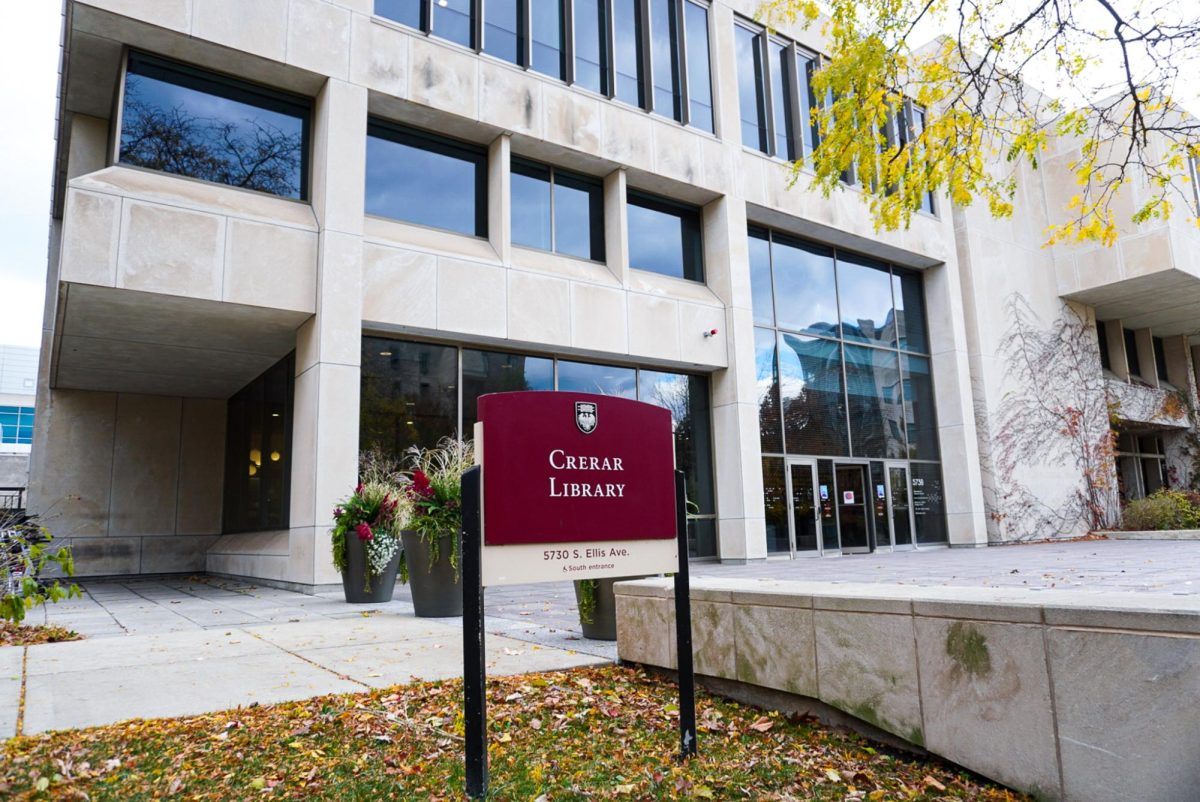At the end of George H.W. Bush’s presidential term in 1992, the United States was distributing over 800 million condoms annually to countries in Africa. Since his son took office, that number has been cut to about 300 million.
In his State of the Union address, President Bush proposed $10 billion in new aid to African and Caribbean countries combating AIDS. This money, to be spent on both prevention and treatment, has been welcomed by public health officials who are facing not only a medical crisis, but also economic instability. If the 30 million young men and women infected with AIDS die, the unstable African economies that rely on them for goods and services will seriously suffer. While Bush did not explicitly say that his plan would involve condom distribution, on January 30 several administration officials suggested that it would.
The administration’s policy reversal could not have come at a better time. With the spread of AIDS worldwide, its willingness to deal directly with programs pressing for prevention is refreshing. By setting an example for other countries around the world, the President is taking a clear stand of conscience on an issue that threatens the prosperity of developing nations everywhere.
Unfortunately, whether this program is implemented is still uncertain. In the State of the Union, the President asked Congress “to commit $15 billion over the next five years” to combating AIDS ($10 billion more than is currently allocated). Whether both houses (currently controlled by the Republican party) agree to such a sweeping reversal of policy is still very much up in the air.
Condoms prevent AIDS, and they do it inexpensively. Furthermore, condoms prevent people who have AIDS from giving it to an uninfected person. In the President’s speech on Tuesday, he cited how generic retroviral drugs (the so-called “AIDS cocktail”) would cost approximately $300 yearly (if generic forms of the drugs with US patents were imported from Pakistan) compared to $12,000 a year. These retroviral drugs are an important part of the campaign against AIDS. They are extending the lives of infected men and women and allow them to continue working and raising their families. However, the President needs to re-commit to condom distribution. A study performed by the University of California at Berkeley found that condom distribution costs $3.50 per year per person, and was enormously successful in preventing HIV infection. Combating AIDS requires both support of treatment programs and prevention programs. At one eighty-fifth of the cost per year of the AIDS cocktail, condoms represent a much better way of combating AIDS.
President Bush’s reversal on Tuesday was a step in the right direction. But while the gesture itself represents a complete turnaround for the administration and an impressive step in combating one of the most deadly diseases the world has ever known, it does not guarantee that the proposal will pass both the House and the Senate.
The true test will come when the same religious organizations that oppose non-abstinence based sexual education programs oppose this one. They were successful when President Bush was still the governor of Texas, eliminating “safe-sex education” in public schools, and the installation of “abstinence-only” programs in their place.
Bush’s commitment to fighting this global plague will only be proven when he continues his support for this bold new initiative through the upcoming legislative year. That is the only way to ensure that his vision of a clear battle against AIDS is carried out effectively.






